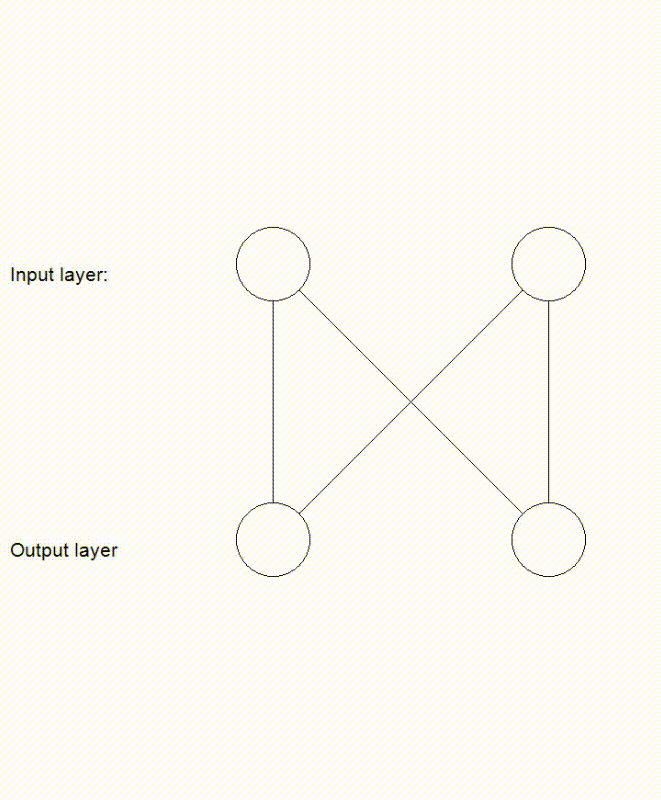Projects
Curriculum Vitae
LinkedIn
GitHub
IllumiNet
IllumiSet
Reproduction study
Evolutionary neural networks
Secret Role Picker
Website Fysiotherapie Stadspolders
Lungo
ProjectTwo
Rocket Game
frisoverweij.nl
